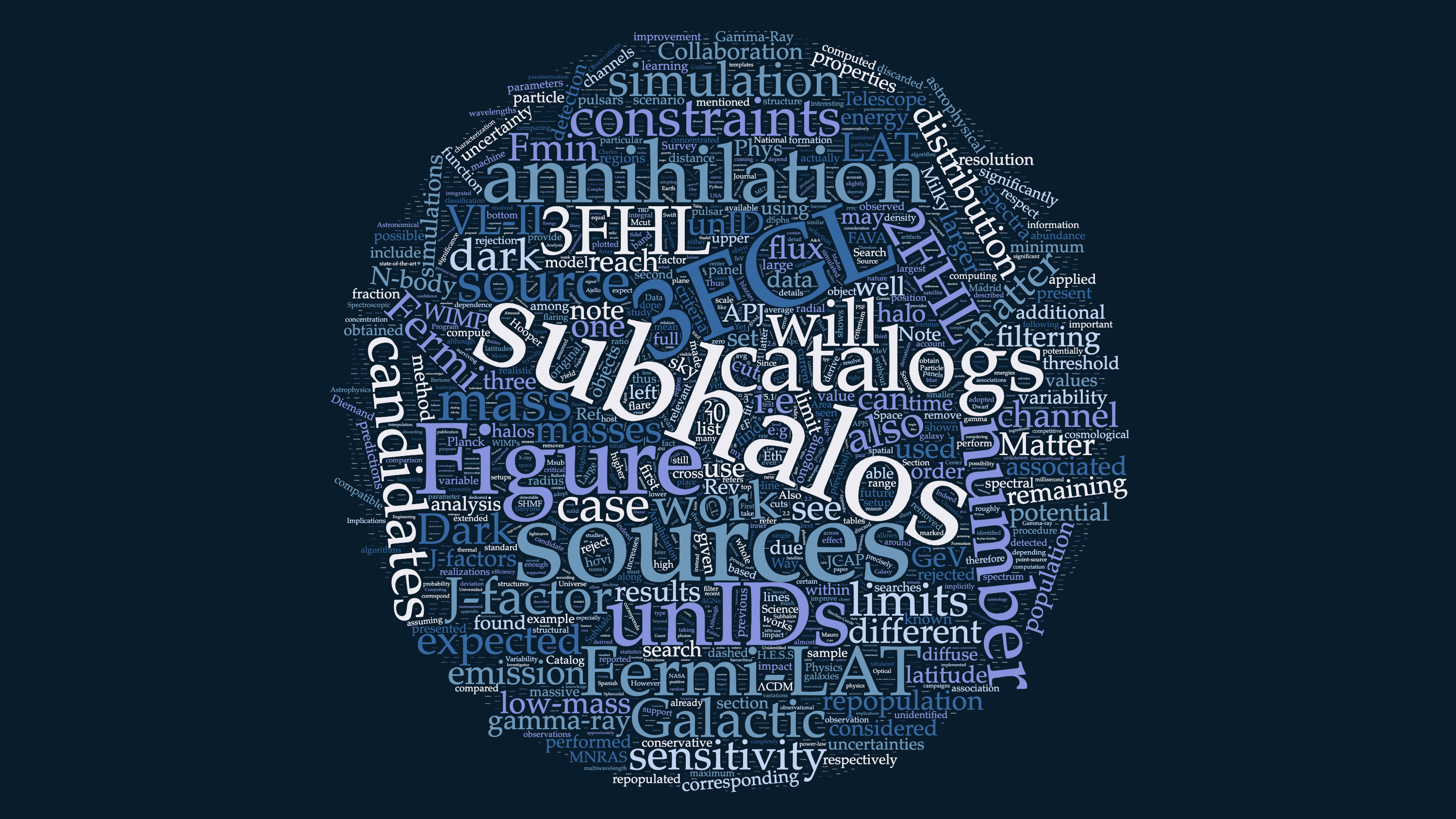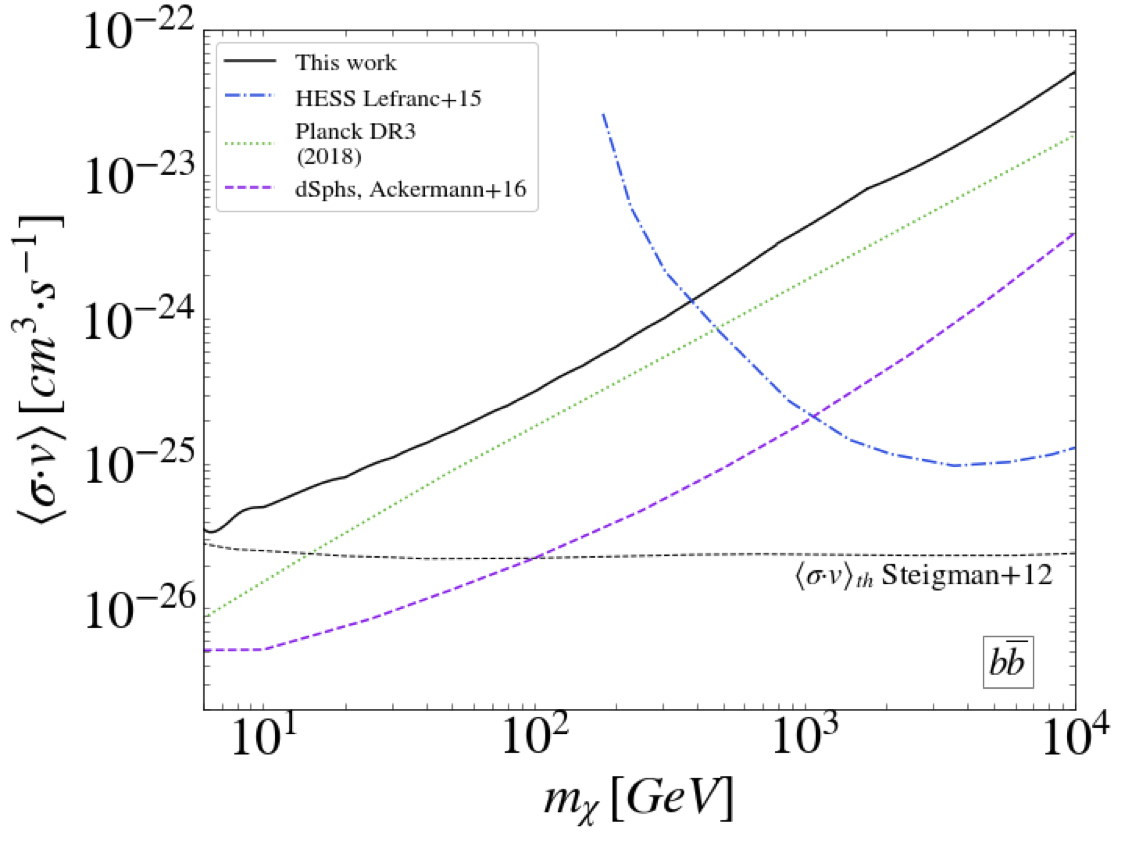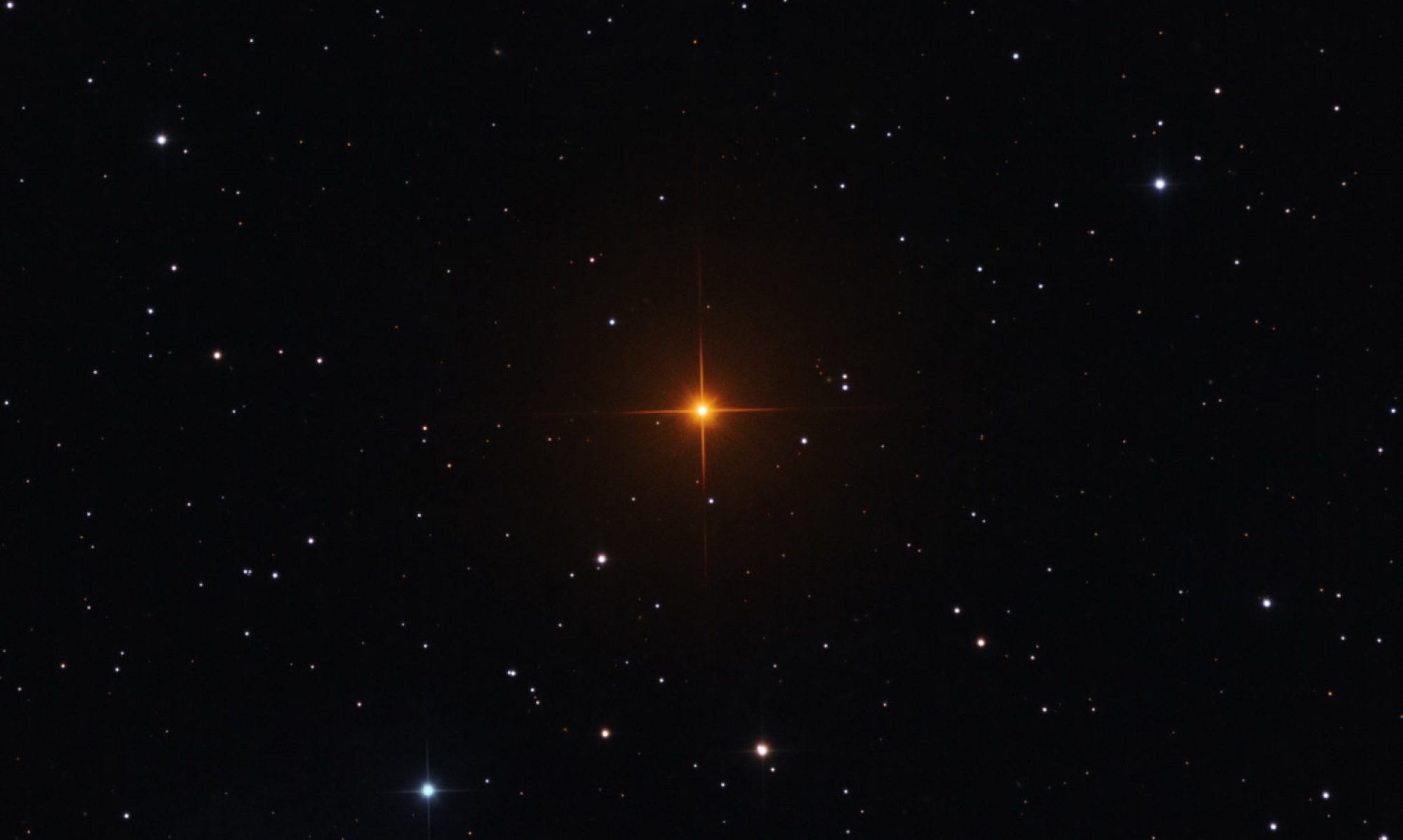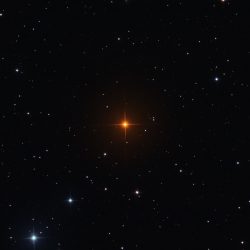
Written by Javier Coronado-Blázquez.
Summary of the paper with the same title accepted by JCAP.
arXiv: 1906.11896
If the dark matter (DM) is made of WIMP particles, they should yield a gamma-ray annihilation flux. Provided the DM clumps, which are predicted by the bottom-up collapse scenario for structure formation within LCDM, are light enough, these are not expected to retain any baryons and, therefore to remain completely dark to standard telescopes.
Only in gamma rays we should detect this emission, with a highly curved and distinctive spectrum. Fermi-LAT, a space-based gamma-ray telescope, has roughly one third of detected sources of unknown nature, the so-called unidentified sources (unIDs). Are there subhalos hidden in the Fermi-LAT catalogs, just waiting to be properly classified? To answer this question we propose a ‘filtering’ of the unIDs, according to the expected characteristics of a DM subhalo. For example, a DM subhalo should be detected as a steady gamma-ray source, so if an unID is reported as variable, is removed from our pool of candidates. With these ‘filters’, we are able to reduce the DM candidates from 1235 to just 44 unIDs.
A correct computation of the expected annihilation fluxes (encoded in the so-called J-factor) requires a good understanding of the DM subhalo population in our Galaxy. To do so, we use a state-of-the-art N-body cosmological simulation, Via Lactea II (VL-II). Unfortunately, the resolution of this, and any, simulation is limited, meaning we are unable to resolve the smallest members of the subhalo population (which can be as light as the Earth). Nevertheless, some of these subhalos may be close enough to us and still be bright enough to be detected by Fermi-LAT. To take them into account, we ‘repopulate’ the parent simulation with subhalos, reaching 3 orders of magnitude better resolution in mass. As the Earth position is arbitrary, to ensure a proper statistical treatment of the J-factors, 1000 realizations are done.
Also, we must compute the sensitivity of the Fermi-LAT to this kind of objects. The reported instrumental sensitivity is for a power-law source, i.e., with a non-curved spectrum, while we deal with highly-curved spectra, which also vary with the annihilation channel and mass of the WIMP. Furthermore, taking into account the diffuse gamma-ray emission and the considered catalog, this sensitivity also varies with the sky position (e.g. a source close to the Galactic plane, where the diffuse emission is more intense, will be harder to detect than a high-latitude source) and observation parameters (such as the energy threshold, total exposure time, instrumental response functions, etc.). We compute a huge grid of configurations, changing all the above mentioned parameters and generating a sensitivity skymap for each annihilation channel, WIMP mass, and catalog.
Finally, we are able to set constraints in the cross section vs. WIMP mass parameter space. We do so comparing the predictions of our repopulated simulations with the actual gamma-ray candidates. The obtained constraints are competitive with other targets such as the CMB or the dSphs, but they can still be improved via new rejections of candidates.


